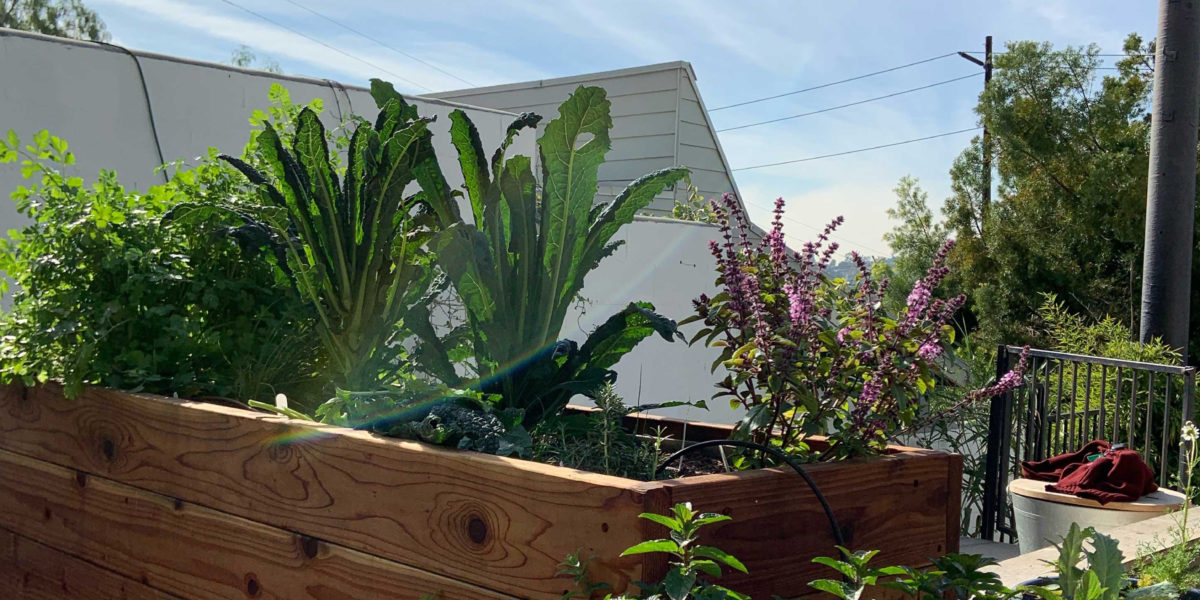The Facts About City Blooming Uncovered
The Facts About City Blooming Uncovered
Blog Article
Little Known Questions About City Blooming.
Table of ContentsSome Known Details About City Blooming The Basic Principles Of City Blooming The Single Strategy To Use For City BloomingSome Known Facts About City Blooming.3 Simple Techniques For City Blooming
Intrigued in expanding food up for sale in the City of Chicago? Thinking of beginning a community garden? Modifications to the Chicago Zoning Statute allow farming uses like area yards and metropolitan farms in many parts of the city. Below is a checklist of regularly asked inquiries relating to the policies and laws that growers need to think about when planning an urban agriculture task.
The zoning amendment does not change any type of other codes dealing with composting, structure authorizations, acquiring or leasing City had home, business licenses or ecological contamination. There are existing codes that control these issues and they remain completely impact and may be suitable to your project. Community gardens are commonly possessed or taken care of by public entities, civic companies or community-based organizations and maintained by volunteers.
Urban ranches grow food that is intended to be sold, either on a nonprofit or for-profit basis. Due to their industrial objective, city farms need an organization certificate.
5 Easy Facts About City Blooming Described
The amount of compost material can not go beyond 25 cubic yards at any provided time according to the criteria in 7-28-715 of the City's Municipal Code. Since the dirt at the majority of brand-new yard websites needs modifying, garden compost, dirt, wood chips, or various other products can be gotten to construct or improve the growing space.

If a structure license is needed after that the hoophouse will be thought about an accessory building. You can figure out even more about the structure license needs by getting in touch with the Department of Buildings. The 25,000-square-foot dimension limit is planned to protect against a single neighborhood garden from dominating an offered block or detracting from the block's existing property or business character.
The limitation does not put on gardens located in Public Open Space (POS) districts. Can there be greater than one neighborhood yard that is 25,000 square feet on a solitary block? Yes. The size restriction puts on specific gardens, not to private blocks. No. Fencing is not required, however, yards that have huge parking lot might be required to mount fencing or various other landscape design attributes.
The Ultimate Guide To City Blooming
B1 & B2 districts require that all commercial use activities be performed indoors. R districts limit commercial task. The regulations reflect the function have a peek at this site and intent of the Zoning Code. Is fence needed for metropolitan farms? Yes. Fencings might be required, along with landscape design and testing, for sure auto parking areas and outdoor work or storage locations depending on location and the specific activity occurring.
Urban ranches call for building licenses and zoning approvals prior to building (indoor plants). Various other types of city testimonial might be called for depending on details frameworks, tasks, size, landscape design, licensing, public health and stormwater monitoring problems.
The Division of Service Affairs and Consumer Protection can help determine the specific type of service certificate that's called for. Off street auto parking is required for a lot of industrial projects in Chicago. The called for number of car park areas is based on the number of workers functioning on website and not the square footage of the expanding space.
City Blooming Things To Know Before You Get This

A city farm can sell compost product created on website, however, the procedure needs to comply with the regulations in 7-28-715 of the Chicago Municipal Code. Aquaponic systems are permitted inside your home on city ranches in numerous zoning districts.
Up to 5 hives or colonies of honey bees might be kept as an accessory usage. Beekeepers should sign up with the Illinois Department of Farming. For more details regarding the recommended zoning amendment you may speak to the Department of Real Estate and Economic Development, Bureau of Planning and Zoning at 312.744.8563.
Farming in cities and metropolitan areas A metropolitan ranch in Chicago. Urban farming refers to numerous practices of growing. https://businesslistingplus.com/profile/cityblooming/, handling, and distributing food in urban locations. The term likewise relates to the location tasks of animal husbandry, tank farming, beekeeping, and gardening in a metropolitan context. Urban farming is identified from peri-urban agriculture, which happens in country locations at the edge of suburban areas.
The Greatest Guide To City Blooming
, who seek to form social networks founded on a common values of nature and neighborhood holism. These networks can establish by means of official institutional assistance, coming to be incorporated right into neighborhood community preparation as a "change community" activity for sustainable metropolitan growth.
Some of the very first evidence of city agriculture comes from Mesopotamia.
Report this page